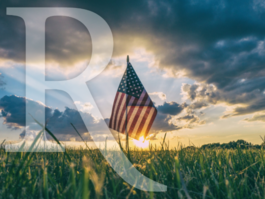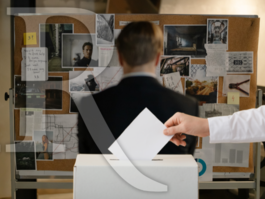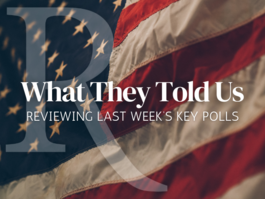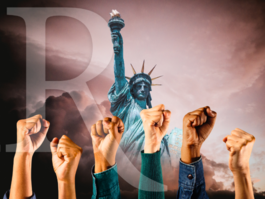The Bay Area Bridge That Time Forgot
A Commentary By Debra J. Saunders
On Oct. 17, 1989, the Loma Prieta earthquake brought down a chunk of the upper deck of the Oakland-Bay Bridge onto the lower deck. Anamafi Moala Kalushia, 23, of Berkeley died. Twenty years later, some 280,000 cars use the bridge daily -- and it still isn't safe.
In that time, Iraq has been in two wars and replaced bombed bridges over the Tigris River twice. In little more than a year, Minneapolis rebuilt a bridge that collapsed and killed 13 in 2007. In 1994, when the Northridge earthquake destroyed freeway overpasses in Southern California, GOP Gov. Pete Wilson had the two Santa Monica Freeway bridges restored within 84 days.
The construction of the east span of the Bay Bridge, however, is not expected to be finished until 2013. Granted, the above projects were smaller. Then again, it only took three-and-a-half years to construct the Oakland Bay Bridge.
Why is it taking so long? Engineers continued seismic work on the bridge after it reopened. Then in 1996, experts concluded that it made more sense to build a new east span than to retrofit a structure anchored atop Douglas firs when it was built in the 1930s.
In 1997, Wilson suggested a simple single-level viaduct from Oakland to Yerba Buena Island as a cheap and fast way to build a bridge before the next big quake.
Bay Area pols bristled at the notion of a plain-Jane span. In a Chronicle opinion piece, then-Oakland Mayor-elect Jerry Brown advocated for "a spectacular structure that expresses the daring of human ingenuity and symbolizes the splendor of Oakland and the East Bay."
If Brown and his ilk had been in a hurry -- because a big earthquake could end hundreds of lives within minutes, destroy the span and ruin local commerce for months thereafter -- you might understand their push for a more, well, phallic bridge design.
In San Francisco, Mayor Willie Brown stalled the works as he tried to re-route the new span lest it interfere with his construction plans for Yerba Buena Island -- and he got the U.S. Navy to play along.
Did voters complain? Au contraire, in 1998 voters in Emeryville, Berkeley, Oakland and San Francisco approved (thankfully) nonbinding ballot measures supporting a redesign of the Bay Bridge to include a rail system. In that there were no plans to rebuild the western span, a rail scheme would have required removing four lanes of traffic and delayed the project.
I should note that area pols delivered on this much -- a bike path that will allow East Bay bikers to pedal part way to San Francisco.
With the help of the Clinton administration, Democratic Gov. Gray Davis managed to end Willie Brown's delaying tactics in 2000. "Like everyone else, I wanted an aesthetically attractive bridge," Davis told me, "but I felt a sense of urgency."
Meanwhile, cost projections for the span have soared from $1.4 billion in 1998 to $6.3 billion today. You see, during the years of doing nothing here, building booms in Asia drove up the cost of steel. No surprise, the Metropolitan Transportation Commission is considering another toll increase.
Gov. Wilson opined, "It could have been finished a long time ago." But as then-Berkeley Mayor Shirley Dean said, "We don't need to rush."
COPYRIGHT 2009 CREATORS.COM
See Other Political Commentary
See Other Commentary by Debra J. Saunders
Views expressed in this column are those of the author, not those of Rasmussen Reports.
Rasmussen Reports is a media company specializing in the collection, publication and distribution of public opinion information.
We conduct public opinion polls on a variety of topics to inform our audience on events in the news and other topics of interest. To ensure editorial control and independence, we pay for the polls ourselves and generate revenue through the sale of subscriptions, sponsorships, and advertising. Nightly polling on politics, business and lifestyle topics provides the content to update the Rasmussen Reports web site many times each day. If it's in the news, it's in our polls. Additionally, the data drives a daily update newsletter and various media outlets across the country.
Some information, including the Rasmussen Reports daily Presidential Tracking Poll and commentaries are available for free to the general public. Subscriptions are available for $4.95 a month or 34.95 a year that provide subscribers with exclusive access to more than 20 stories per week on upcoming elections, consumer confidence, and issues that affect us all. For those who are really into the numbers, Platinum Members can review demographic crosstabs and a full history of our data.
To learn more about our methodology, click here.



